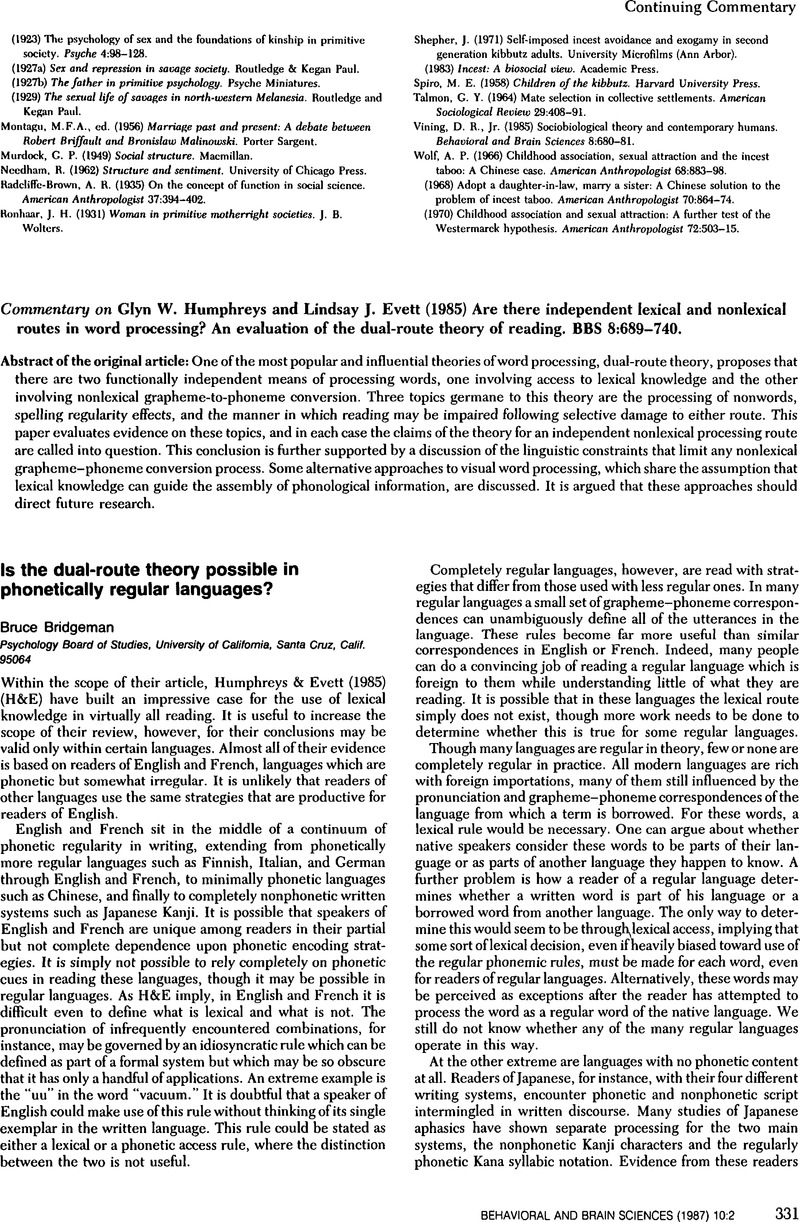Crossref Citations
This article has been cited by the following publications. This list is generated based on data provided by Crossref.
Besner, Derek
and
Smith, Marilyn Chapnik
1992.
Orthography, Phonology, Morphology, and Meaning.
Vol. 94,
Issue. ,
p.
45.
Schmalz, Xenia
Beyersmann, Elisabeth
Cavalli, Eddy
and
Marinus, Eva
2016.
Unpredictability and complexity of print-to-speech correspondences increase reliance on lexical processes: more evidence for the orthographic depth hypothesis.
Journal of Cognitive Psychology,
Vol. 28,
Issue. 6,
p.
658.



